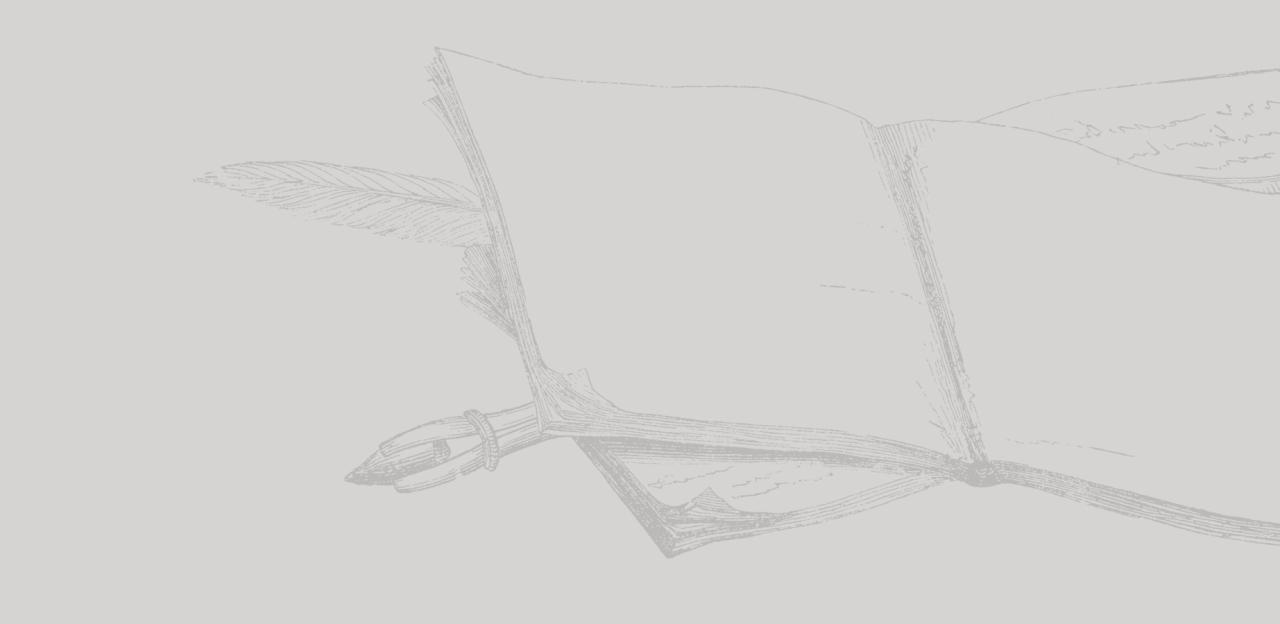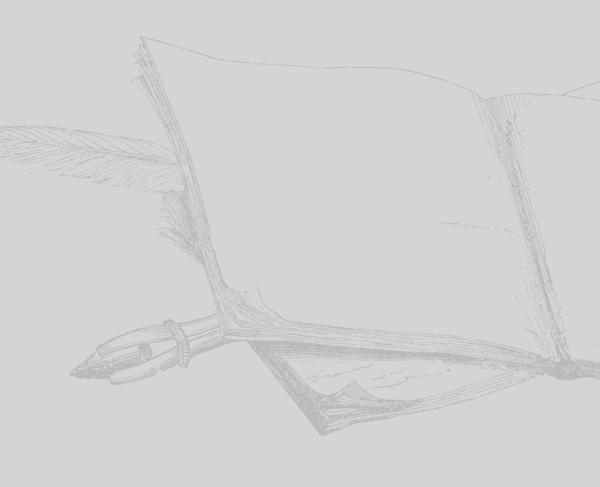Tigers at Rappahannock Station

Never flinching from a fight, General Hays' brigade of "Louisiana Tigers" held out against Union forces until the last in the Battle of Rappahannock Station. Hays' official report of the battle highlights the brigade's brutal fight against Sedgwick's men.
HEADQUARTERS HAYS' BRIGADE, November 10, 1863.
MAJOR: In pursuance of orders from division headquarters my brigade, under command of Col. D. B. Penn, Seventh Louisiana Regiment (I myself being engaged in conducting a court of inquiry in the case of Colonel Skinner, Fifty-second Virginia Regiment), left camp at sunrise November 6. instant, and proceeded to the Rappahannock River near the point where the Orange and Alexandria Railroad Bridge formerly spanned that stream. Arrived there, Colonel Penn relieved Walker's brigade, Johnson's division, then on picket duty.
The regiments of the command were placed in position in the following order: The Sixth Louisiana Regiment, Col. William Monaghan commanding, was stationed on the right of the works on the northern side of the river about a quarter of a mile in advance. The Ninth Louisiana Regiment, Lieut. Col. William R. Peck commanding, was retained in the works in reserve. To the left of the Ninth Regiment, about a quarter of a mile in advance, was placed the Eighth Louisiana Regiment, Captain Gusman commanding, the Seventh Louisiana Regiment, Col. T. M. Terry, being on the extreme left. The Fifth Louisiana Regiment, Capt. J. G. Angell commanding, was placed on picket at a point on the southern side of the river, about half way between Norman's Ford and Rappahannock Bridge, at a distance of a half mile from the latter.
Between the Sixth Regiment and the Ninth Regiment were two pieces of artillery of Green's battery, and between the right and left wings of the Ninth Regiment were two other pieces of the same command, these last two guns being somewhat to the right of a point in the works opposite the pontoon bridge.
During the 6th instant, the enemy's vedettes were observed just in advance of the woods bordering the open field in front of the works at about a mile's distance. There was no firing that day between the pickets.
About 11 o'clock on the morning of the 7th instant, our vedettes reported a regiment of the enemy's infantry passing down the Warrenton and Fredericksburg road, in the direction of the right of our lines, followed shortly afterward by another body of infantry proceeding toward the same point. Colonel Penn immediately went to the vedette posts to observe the movements of the enemy, and at 11.45 o'clock a dispatch was sent to Major-General Early informing him that the enemy in force, both infantry and cavalry, was advancing and forming line of battle. At 1.15 o'clock another dispatch was sent to General Early that the enemy were still in line of battle in front, and that his skirmishers had advanced a short distance from the woods, and that a large force had moved down the river toward our right, accompanied by wagons and ambulances.
At 2 o'clock the enemy formed another line of battle about 200 yards in advance of the woods above mentioned. At this time the Fifth Louisiana Regiment, with the exception of one company and 16 men, left on picket on this side of the river at the point already indicated, rejoined the brigade and was placed in position on the right of the Seventh Louisiana Regiment.
At 2.30 o'clock the enemy's whole line advanced, supported, as then appeared, by two lines. The Sixth, Eighth, Fifth, and Seventh Regiments were then gradually drawn in, and at 3 o'clock our skirmishers fell back to the road, distant about a hundred yards from our works, where they remained for a half hour, when they were compelled to retire by a movement of the enemy to flank them. The brigade was then disposed in the rifle-pits. A few moments after this the enemy opened fire from a four-gun battery on our left on a high hill which we had been forced to abandon by the approach of a heavy force. Colonel Penn immediately sent an order to a battery on this (the southern) side of the river to reply, which was done slowly and with but little effect.
At 4 o'clock I arrived upon the field and took command of the brigade. I found heavy firing progressing between the enemy's skirmishers and our lines. This continued for an hour without any marked result.
About 4.30 o'clock Hoke's brigade, under the command of Colonel Godwin, crossed the river and was placed between the left wing of the Eighth Regiment and the right wing of the Fifth Regiment, to fill up a gap in our lines created by a change in the position of these two regiments rendered necessary by a movement of the enemy on the left.
About 5 o'clock a battery was opened on our right and another opposite our center. The firing from the enemy's guns on the right, left, and center, converging on the point occupied by us, was rapid and vigorous until some time after dusk. It was then, under cover of the darkness, that a simultaneous advance was made of the entire force of the enemy.
In the center the skirmishers were driven back and their first line was so broken and shattered by our fire that the few who arrived at the works surrendered themselves prisoners; but the second and third lines continued to advance at a double-quick, arms at a trail, and a column formed (as well as the obscurity of the evening permitted me to descry) by companies, moving down the railroad, was hurled upon our right, which, after a severe struggle, was forced back, leaving the battery in the hands of the enemy. I immediately ordered a charge of the Ninth Louisiana Regiment for the purpose of retaking our guns; but our center having been broken and the two forces opposed to our right and center having joined, rendered the execution of my purpose impracticable.
Forming a new line after this junction, facing up the river, the enemy advanced, moving behind our works toward our left, while a line which he had formed in a ravine above our extreme left, its (the enemy's) right resting on the river, moved down the stream, thus inclosing Hoke's brigade and the Seventh and the Fifth Louisiana Regiments in a manner that rendered escape impossible. My men continued at their post in the works, fighting well to the last, and it was only when the command was cut in two, and the enemy in complete possession of the entire hill, that any thought was entertained of falling back.
Indeed, there was no effort made by any one in my command to re-cross the river until nothing else remained but to surrender. Many then escaped by swimming or fording the river, and some few on the pontoon bridge.
The force under my command was small, being between 800 and 900. That of Hoke's brigade, consisting of three regiments, was also small, as, owing to the suddenness with which it left camp to proceed to the river, many of its members were absent. The force of the enemy, I am confident, could not have been less than 20,000 to 25,000.
But few of my brigade were wounded or killed, owing to the enemy's advancing without firing. I am satisfied that the loss we inflicted upon the attacking force was heavy, as our firing was collected and steady. [...]
Very respectfully, your obedient servant,
HARRY T. HAYS,
Brigadier-General, Commanding.
Maj. JOHN W. DANIEL.
Related Battles
419
1,674

